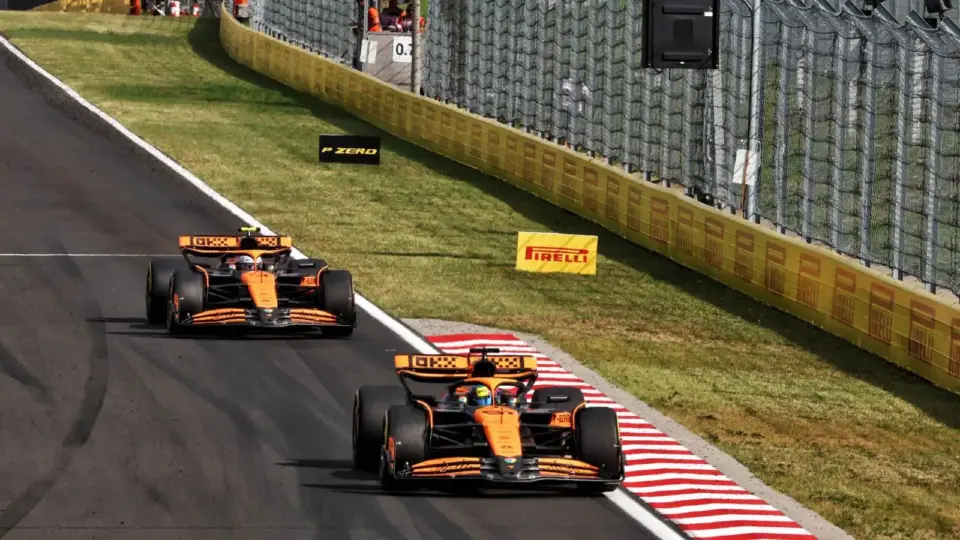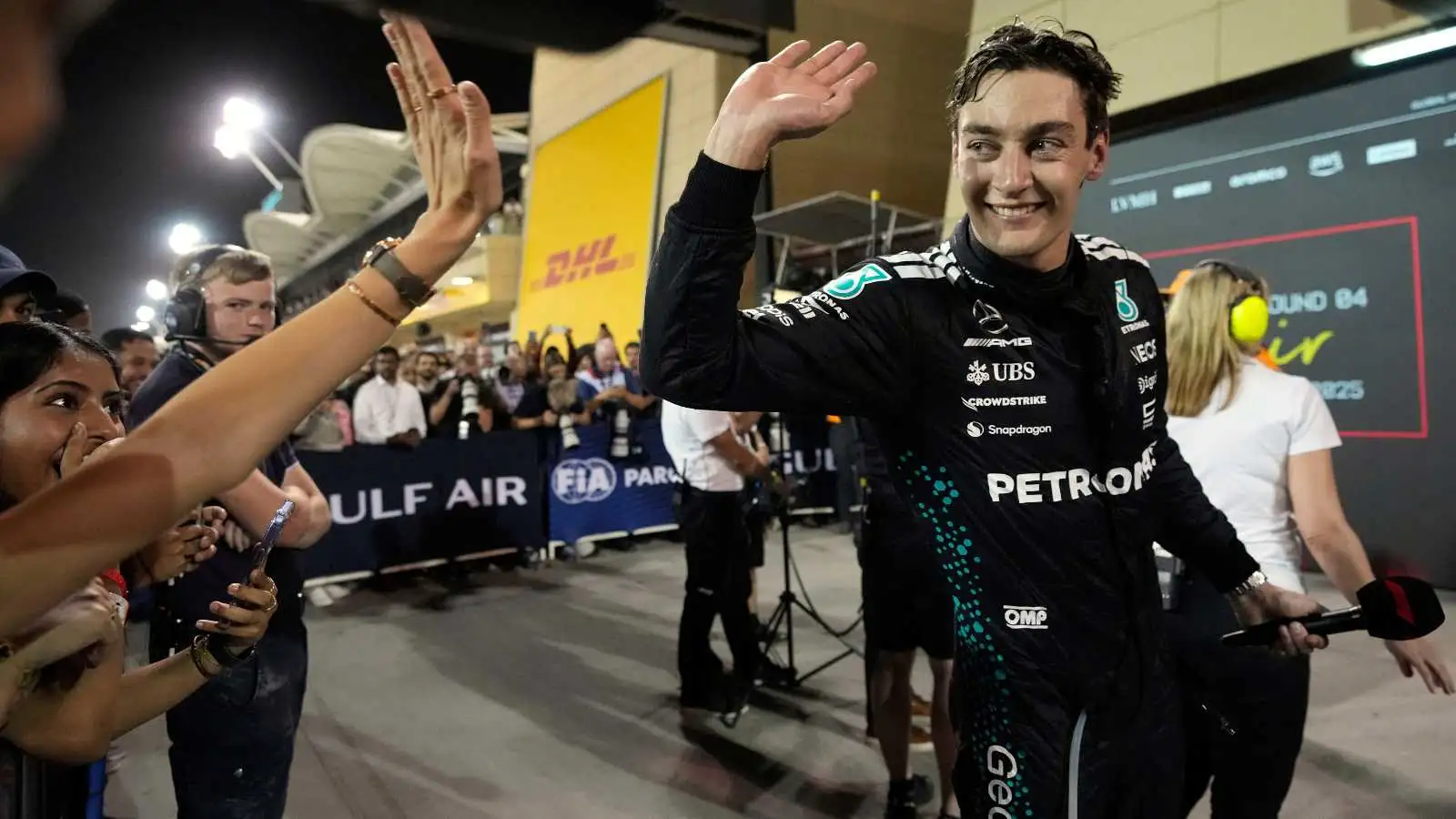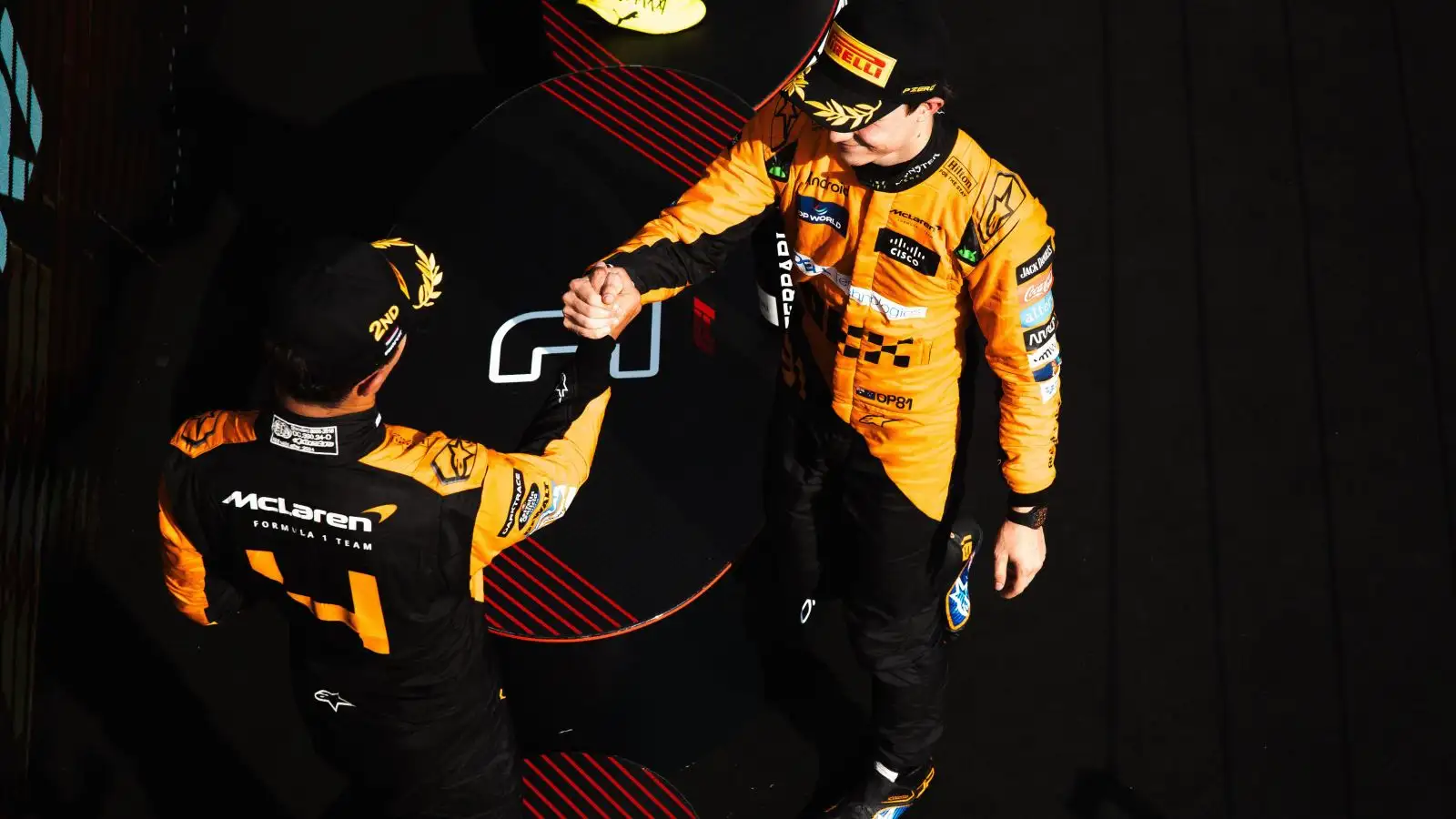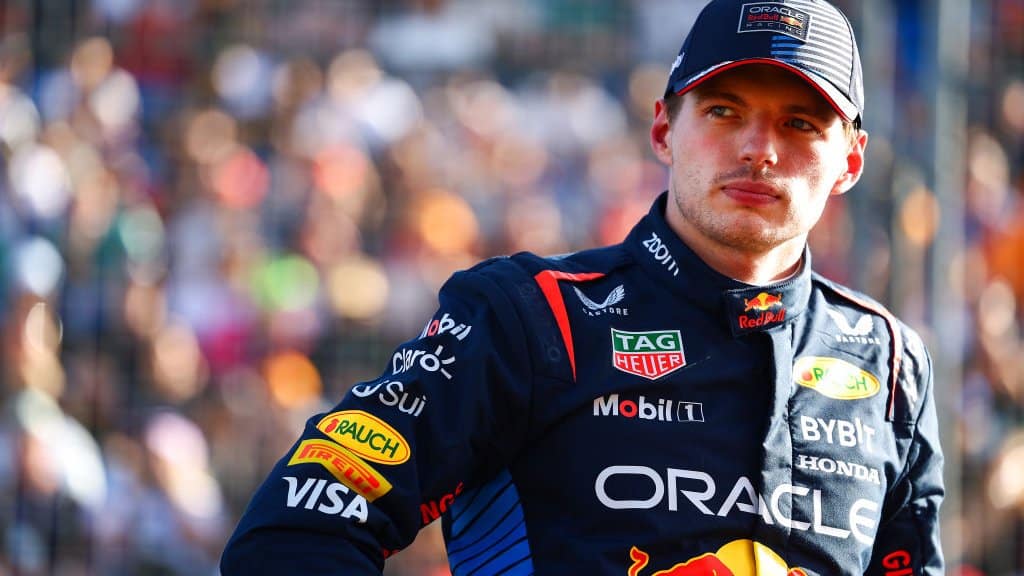Earlier this summer, Red Bull Powertrains welcomed a select group of media for an exclusive tour of their 2026 F1 engine project facility. This event provided a rare glimpse into the future of Red Bull’s engine developments in collaboration with Ford, as F1 prepares for a major regulatory overhaul.
On the Tuesday before the British Grand Prix at Silverstone, a handful of media representatives were invited to the Jochen Rindt building at the Red Bull Campus in Milton Keynes. This is where Red Bull Powertrains and Ford are diligently working on their 2026 F1 engine project, employing hundreds of dedicated individuals.
The 2026 F1 regulations will see significant changes, including the phasing out of the MGU-H and a substantial increase in the percentage of electric power to nearly a fifty-fifty split with the internal combustion engine. The V6 engines will also need to run on sustainable fuels. Additionally, 2026 marks the end of Honda’s partnership with Red Bull as they join forces with Aston Martin. Thus, Red Bull is taking its destiny into its own hands by producing its own engines for the first time in its history.
The day began with a reception in MK7, where past Red Bull F1 cars are displayed. Following this, attendees moved to the Powertrains facility. Christian Horner and Ford Motorsports chief Mark Rushbrook outlined that construction of the building commenced in early 2022, focusing first on the internal combustion engine (ICE) section, with the ERS department becoming operational earlier this year.
Photos were strictly prohibited during the tour, with work in full swing. The visitors walked through ‘Brodie’s Boulevard’, named after Steve Brodie, a pivotal figure in establishing the Powertrains facility after joining from Mercedes HPP in August 2021. Brodie oversees the ICE and ERS build shops, ensuring compliance with the necessary specifications and standards.
“This was the very first combustion engine we made,” Christian Horner commented, referring to a V6 engine that was fired up in August 2022. Dietrich Mateschitz, Red Bull’s co-founder, heard its roar just before his passing. As a tribute, all subsequent engines bear the ‘DM’ label, ensuring Mateschitz’s legacy within the team.
Horner explained that this initial engine played a role in encouraging Ford to join the project after talks with Porsche fell through. Mark Rushbrook recounted, “When it became clear that it wouldn’t work out with Porsche, I reached out to Christian Horner, and that’s how our partnership began.” The collaboration with Ford differs from the potential deal with Porsche, as Ford does not seek a significant influence over the F1 team.
The tour proceeded through various sections including the engine store, cleaning area, and the build shop—areas that resemble high-tech laboratories. The assembly space is split between constructing V6 engines and single-cylinder units for more efficient development. Steve Brodie emphasized the state-of-the-art setup, praising its advanced design compared to other facilities.
Florian Niehaves, formerly of AVL, guided the group to the testing room, likened to a mission control center, where individual engine components are rigorously tested. F1 mandates strict testing rules, and Red Bull Powertrains operates close to these limits. The current infrastructure can support four F1 teams, although the focus remains on Red Bull Racing and RB team for 2026.
Horner remarked that financial rules regarding customer engine supplies need revisiting, as it is currently a loss-making venture under existing FIA pricing. He concluded with a light-hearted comment expressing newfound empathy for former Renault F1 chief Cyril Abiteboul.
Wrapping up the tour, Horner led the group to the design offices. Again, photography was banned due to the sensitive nature of the displayed data. Since acquiring the Jaguar team in 2005, the Red Bull Campus has expanded significantly, growing to house 1,800 employees. The in-house engine project represents a critical step in Red Bull’s evolution, aimed at integrating engine and chassis development to avoid reliance on external suppliers.
In 2026, Red Bull will join Ferrari in being the only teams with unified engine and chassis operations. Despite the monumental task ahead, Horner believes the long-term benefits will outweigh the challenges. However, competitiveness remains an unknown factor, with Mark Rushbrook stating, “Our motto should be: under-promise and over-deliver.”
Red Bull’s and Ford’s joint venture into the 2026 F1 engine project marks a bold move in the world of Formula 1. With significant changes on the horizon, Red Bull is taking a leap to secure its future, fully committing to developing their power units and optimizing chassis integration. Only time will tell how this ambitious project will pan out against the fierce competition.










